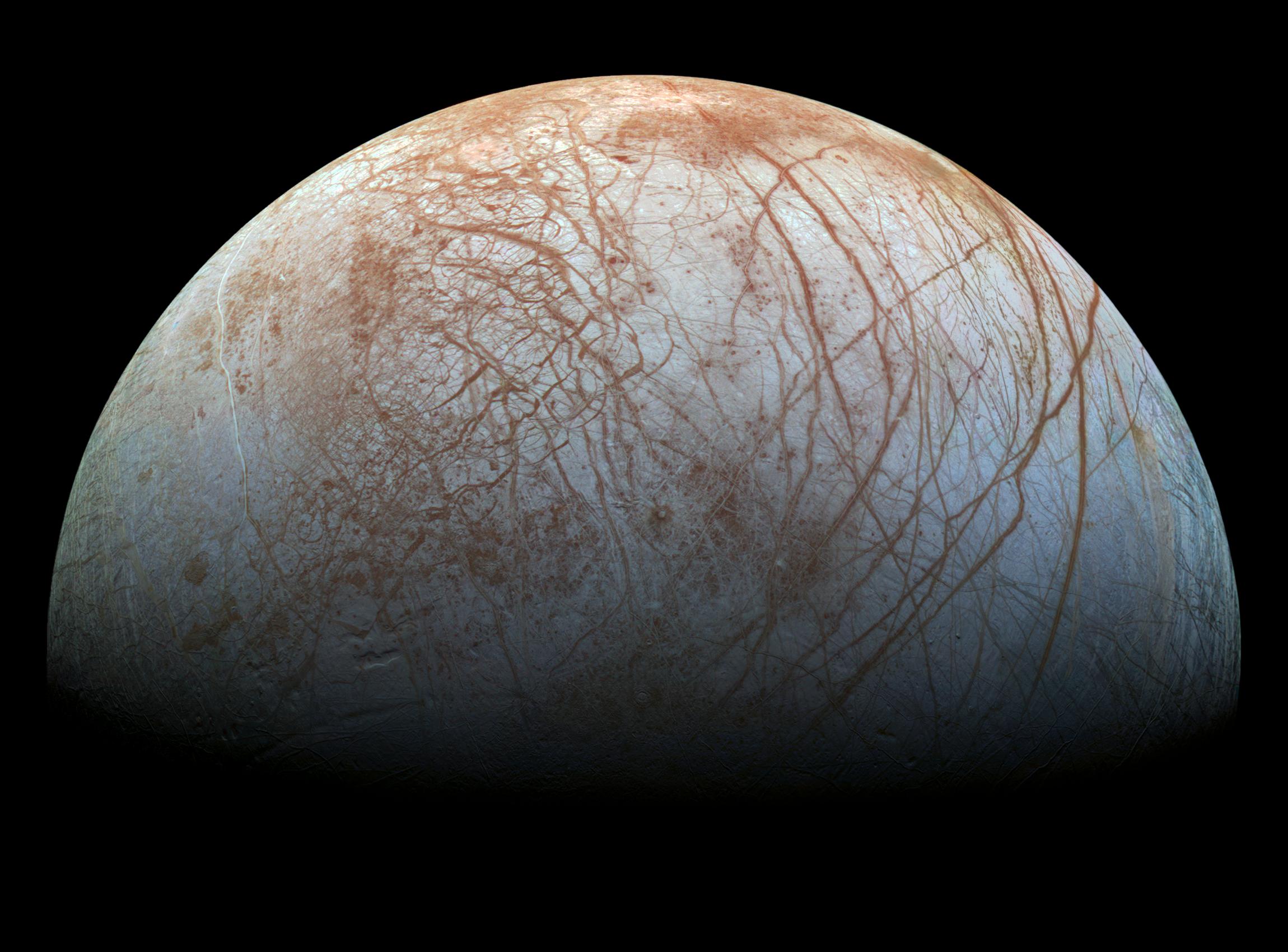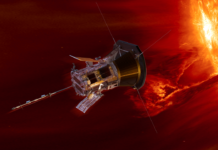NASA’s Europa Clipper Mission: Exploring the Possibility of Life on Jupiter’s Icy Moon
The mysteries of space continue to captivate our imaginations, and one of the most intriguing questions is whether life exists beyond Earth. Among the many celestial bodies that scientists are keenly studying, Jupiter’s moon Europa stands out. Buried beneath its icy surface, Europa is believed to harbor a vast ocean that could potentially support life. To explore this possibility, NASA has planned an ambitious mission known as the Europa Clipper. This mission aims to answer fundamental questions about the moon’s habitability, using advanced technology and scientific expertise.
The Launch and Journey
NASA is targeting a launch date no earlier than Monday, October 14, for the Europa Clipper mission. The spacecraft will embark on its journey aboard a SpaceX Falcon Heavy rocket, taking off from Launch Complex 39A at NASA’s Kennedy Space Center in Florida. This mission marks a significant milestone in our quest to understand extraterrestrial environments and the potential for life beyond our planet.
The Europa Clipper spacecraft will navigate a carefully planned orbit around Jupiter, which will minimize its exposure to the planet’s intense radiation. This strategic orbit will allow the spacecraft to make close passes by Europa, enabling scientists to conduct detailed studies of the moon’s icy surface and the ocean believed to lie beneath.
Unveiling the Ocean Beneath
Europa’s surface is covered by a thick layer of ice, but beneath this icy shell, scientists believe there exists a vast ocean. Europa Clipper’s mission is to gather data that will help determine the thickness of the ice and provide insights into the ocean’s characteristics. This will be achieved through 49 flybys of the moon, each offering a unique opportunity to study different aspects of Europa’s environment.
The spacecraft is equipped with a suite of sophisticated instruments designed to penetrate the mysteries of Europa’s icy crust and oceanic depths. By analyzing the surface materials, scientists hope to identify organic compounds and assess their potential as building blocks for life. The mission will also investigate any gases that may be venting from the moon, providing further evidence of its habitability.
Advanced Scientific Instruments
Europa Clipper’s arsenal of scientific tools is impressive and diverse, aimed at painting a comprehensive picture of the moon’s environment. Among these instruments is the Mapping Imaging Spectrometer for Europa (MISE), which operates in the infrared spectrum. MISE will analyze the reflected light from Europa’s surface, breaking it down into various wavelengths to identify the atoms and molecules present. This will help scientists understand the composition of the moon’s surface and any materials that may have originated from its subsurface ocean.
Additionally, the Europa Thermal Emission Imaging System (E-THEMIS) will search for potential hot spots on Europa’s surface, where plumes might bring oceanic material closer to the surface. This instrument also operates in the infrared spectrum, providing valuable data about the moon’s thermal characteristics.
The Europa Imaging System (EIS) will capture high-resolution images of Europa’s surface, offering insights into its geological history and ongoing changes. These images will help scientists understand the processes that have shaped the moon’s landscape and continue to influence it today.
Searching for Water Plumes
In a similar mission, NASA’s Cassini spacecraft discovered a giant plume of water vapor erupting from Saturn’s moon Enceladus, which is also covered in ice. Researchers believe that Europa might exhibit similar plumes, potentially releasing water from its ocean or reservoirs within its ice shell. Europa Clipper’s Ultraviolet Spectrograph (Europa-UVS) will search for these plumes and study any materials that might be venting into space.
Even if Europa does not have active plumes, the spacecraft is equipped with instruments to analyze the sparse gas and dust particles ejected from its surface. The Mass Spectrometer for Planetary Exploration/Europa (MASPEX) and the Surface Dust Analyzer (SUDA) will capture these materials, turning them into charged particles to determine their composition. This analysis will provide crucial information about the moon’s surface and its potential for supporting life.
Understanding Europa’s Structure
The Europa Clipper mission will also focus on understanding both the external and internal structures of the moon. This knowledge is vital for assessing Europa’s habitability. By measuring the moon’s induced magnetic field with the Europa Clipper Magnetometer (ECM) and analyzing electrical currents from charged particles surrounding Europa using the Plasma Instrument for Magnetic Sounding (PIMS), scientists will gain insights into the thickness of the ice shell and the characteristics of the subsurface ocean.
Furthermore, the Radar for Europa Assessment and Sounding to Near-surface (REASON) will peer deep into the ice shell, potentially up to 18 miles (29 kilometers) beneath the surface. This radar system will provide detailed information about the ice’s structure and any subsurface bodies of water, whether they are lakes or smaller ponds.
The Potential for Life
One of the most exciting prospects of the Europa Clipper mission is the possibility of discovering conditions that could support life. The data collected will inform computer models of Europa’s interior structure, revealing the ocean’s composition and temperature profile. This information is crucial for understanding the moon’s potential as a habitat for life, even if it is in its simplest forms.
No matter what conditions are discovered, the Europa Clipper mission will undoubtedly contribute to our understanding of life beyond Earth. It is expected to raise new questions and challenges, expanding our knowledge and opening new avenues for research.
The Broader Implications
The Europa Clipper mission has three main scientific objectives: to determine the thickness of the ice shell and its interactions with the ocean below, to investigate the composition of Europa’s surface and subsurface materials, and to characterize the moon’s geology. By achieving these objectives, the mission will provide valuable insights into the astrobiological potential of habitable worlds beyond our planet.
This mission is a collaborative effort led by NASA’s Jet Propulsion Laboratory, with contributions from the Johns Hopkins Applied Physics Laboratory and several other institutions. The spacecraft’s launch and mission management are overseen by NASA’s Launch Services Program and the Planetary Missions Program Office.
For those interested in learning more about the instruments aboard the Europa Clipper and the institutions involved, additional information is available on the official NASA website. As the mission progresses, scientists and space enthusiasts alike will eagerly await the discoveries that unfold, bringing us one step closer to answering the age-old question of whether we are alone in the universe.
For further information, visit NASA’s Europa Clipper website.
For more Information, Refer to this article.

































